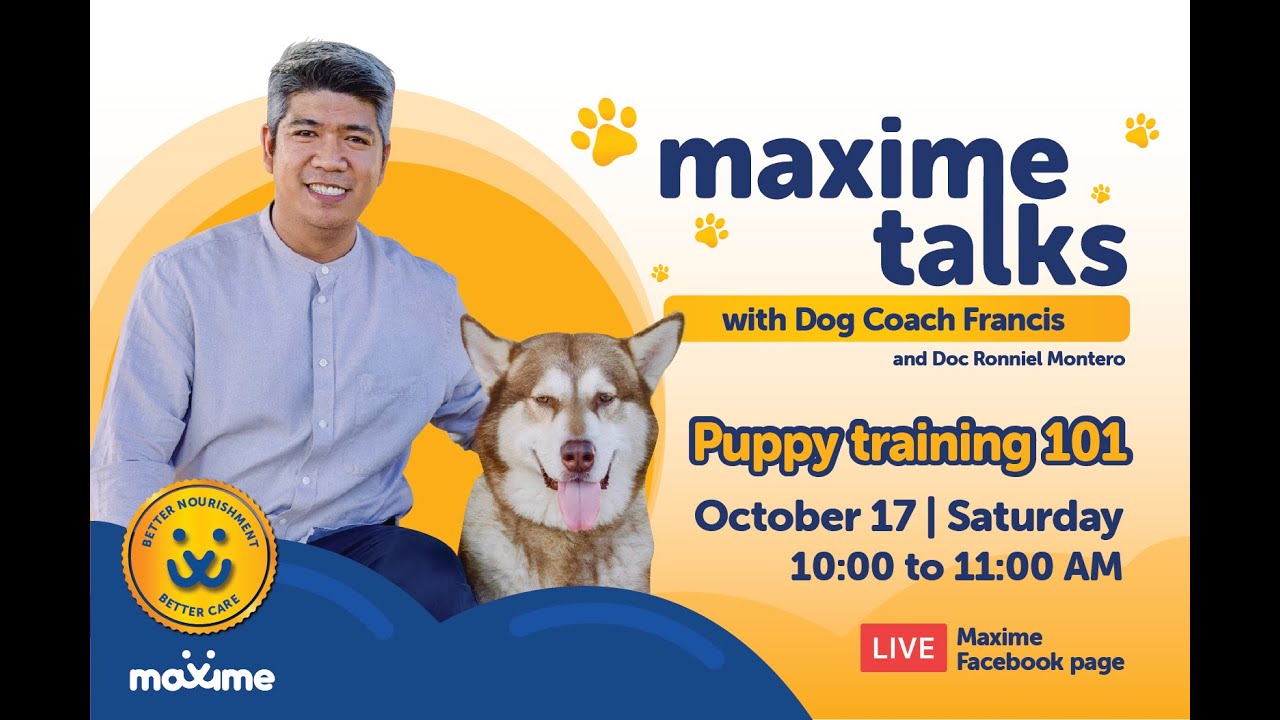Do your fur-babies turn into anxious doggos when you leave them alone? Separation anxiety in dogs is a common issue that many fur-parents face. It can be heart-wrenching to witness your beloved pup suffering from stress and anxiety when you’re not around. Now, we’ll explore separation anxiety in dogs, its causes, symptoms, and effective strategies to treat and reduce your fur-baby’s anxiety.
Understanding Separation Anxiety in Dogs
Why do dogs experience separation anxiety? It’s essential to recognize that dogs are social animals and thrive on companionship. When they become overly attached to their fur-parents, being left alone can trigger anxiety. Some common causes of separation anxiety include:
1. Change in Routine
Dogs are creatures of habit. A sudden change in their daily routine, such as different work hours or travel, can cause distress.
2. Traumatic Experiences
Dogs with a history of abandonment or shelter life are more prone to separation anxiety.
3. Lack of Socialization
Dogs that haven’t been adequately socialized may struggle when left alone.
4. Age and Breed
Puppies and certain breeds, like Dachshunds and Bichon Frises, are more susceptible to separation anxiety.
Recognizing the Symptoms
Symptoms of separation anxiety in dogs can vary, but common signs include excessive barking, howling, whining, destructive behavior, house soiling, and attempts to escape. To address separation anxiety effectively, it’s vital to know what to look for.
If you notice any of these behaviors in your fur-baby, it’s time to take action.
How to Treat Separation Anxiety in Dogs
Now that we understand why dogs experience separation anxiety and its symptoms, let’s discuss how to treat it. Here are some strategies to help your fur-baby become a calmer and more relaxed companion:
Gradual Desensitization
Help your dog get used to being alone by gradually increasing the time you spend apart. Start with short intervals and gradually extend the duration.
Create a Safe Space
Set up a comfortable and secure area for your dog when you’re not home. Consider a crate or a designated room with their favorite toys.
Counter-Conditioning
Associate your departure with positive experiences by offering treats or toys. This helps create a positive association with your absence.
Interactive Toys
Keep your pup engaged with interactive toys that dispense treats or challenge them mentally. This can help alleviate boredom and anxiety.
Professional Training
If your dog’s separation anxiety is severe, consider seeking help from a professional dog trainer or a veterinary behaviorist.
Medication
In extreme cases, your veterinarian might recommend medication to manage your dog’s anxiety. However, this should always be used as a last resort.
Reducing Separation Anxiety in Dogs
Reducing separation anxiety in dogs is a journey that requires patience and dedication. Here are some additional tips to help you and your fur-baby along the way:
1. Establish a Routine
Dogs thrive on predictability. Create a consistent daily routine to help reduce anxiety.
2. Exercise
Regular exercise is essential for a healthy and happy dog. A tired pup is less likely to become anxious.
3. Stay Calm
Dogs can pick up on your emotions. Stay calm when leaving and returning home to avoid creating anxiety in your dog.
4. Desensitize Departure Cues
Dogs often pick up on cues like grabbing your keys or putting on shoes. Use these cues without actually leaving to reduce their impact.
5. Stay Connected
Use technology to stay connected to your dog when you’re away. Many pet cameras allow you to monitor and even interact with your pup remotely.
By implementing these strategies and showing patience and love, you can help your fur-baby overcome separation anxiety and become a calmer and happier companion. Remember that every dog is unique, so what works for one may not work for another. Be prepared to adapt and try various techniques until you find what helps your pup the most.
Separation anxiety in dogs is a common issue that many fur-parents face. Understanding the causes, recognizing the symptoms, and employing effective treatment strategies are crucial to ensuring a calmer and more relaxed fur-baby. By providing the love and care your dog deserves, you can make their time alone a more pleasant experience, both for them and for you.




